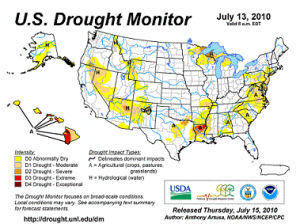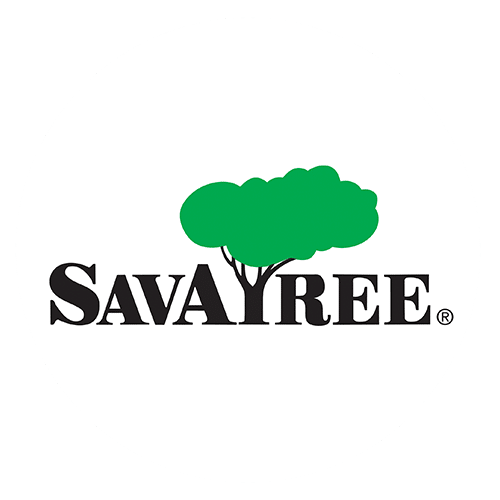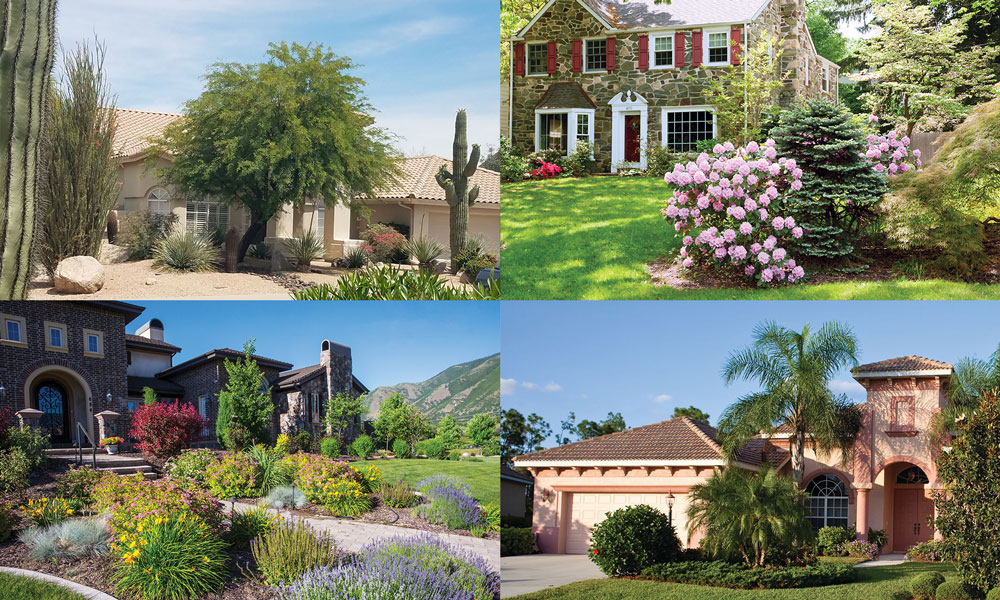FOR IMMEDIATE RELEASE — Bedford Hills, NY.
Hot Dry Conditions Wreak Havoc on Landscapes
SavATree Arborists Warn — Trees and shrubs are at risk, too!
July 21, 2010 — Bedford Hills, NY — Record breaking temperatures and below average rainfall have taken a toll on landscapes throughout the Northeast and mid-Atlantic. Most of the area has received less than 1/4 the normal precipitation for this time of year — some locations receiving even less.
Charred lawns are evidence of this. If not properly irrigated, what was once a lush, green lawn has most likely become a brown, hay-like patch. A lesser known fact is that severe heat can also take a toll on trees and shrubs. They depend heavily on water and without the necessary rain, they are becoming increasingly stressed. Patrick Parker, Plant Health Care Director for SavATree, indicated, “The tell-tale signs of stress — drooping, yellowing or scorched leaves are appearing on landscapes and we have received many phone calls from area residents concerned about the health of their trees.” He added, “Tree stress can allow more serious secondary conditions such as insects or diseases to proliferate, placing plants in a state of decline.”

Which trees are at risk?
- Newly planted trees that have not yet established a root system extensive enough to match the size and volume of their canopy.
- Trees growing in a limited reservoir of soil such as in a tree pit, sidewalk, or on a rock ledge.
- Trees that have been previously weakened from root injury, storm damage, disease, defoliation or improper care.
- Shallow rooted species such as red maple or hemlock.
What can be done to help them survive?
While most healthy trees will not immediately die as a result of drought, it’s imperative that careful attention be paid to maintaining optimum growing conditions because the addition of a second stress factor during the two or three years following drought could be detrimental to their health.
- WATER — When possible, saturate that soil around trees once a week. If water restrictions prevent this, prioritize based on what’s high risk, plus any trees of significant value.
- NUTRIENTS — Sea kelp rich nutrients, like SavATree’s ArborKelp®, help reestablish root hairs. As an added benefit to your thirsty trees, these biostimulants are mixed with, on average, over 100 gallons of water!
- MULCH — Use generous amounts of organic mulch such as woodchips, shredded hardwood or bark to help the soil retain moisture.
- ANTIDESSICANT — Treat evergreens and new transplants with an organic polymer to reduce water loss.
- MONITOR — Since trees are more vulnerable to insects and disease during times of drought, incorporate a treatment program to reduce the threat.
- MAINTENANCE — Identify and prune out dead, weak and diseased limbs. Look for included bark, cracks or cavities to identify trees that require cabling or bracing so they are better able to withstand winter winds, heavy snow and ice.
About SavATree: SavATree, the green choice for tree service and lawn care, provides environmentally sensible tree, shrub and lawn care services to residential, commercial, historic, government properties and more in select parts of CT, DC, MA, MD, NJ, NY, PA and VA. Services include: tree pruning, tree fertilizer, insect control, tree disease and more. Organic, traditional and hybrid options are available.





